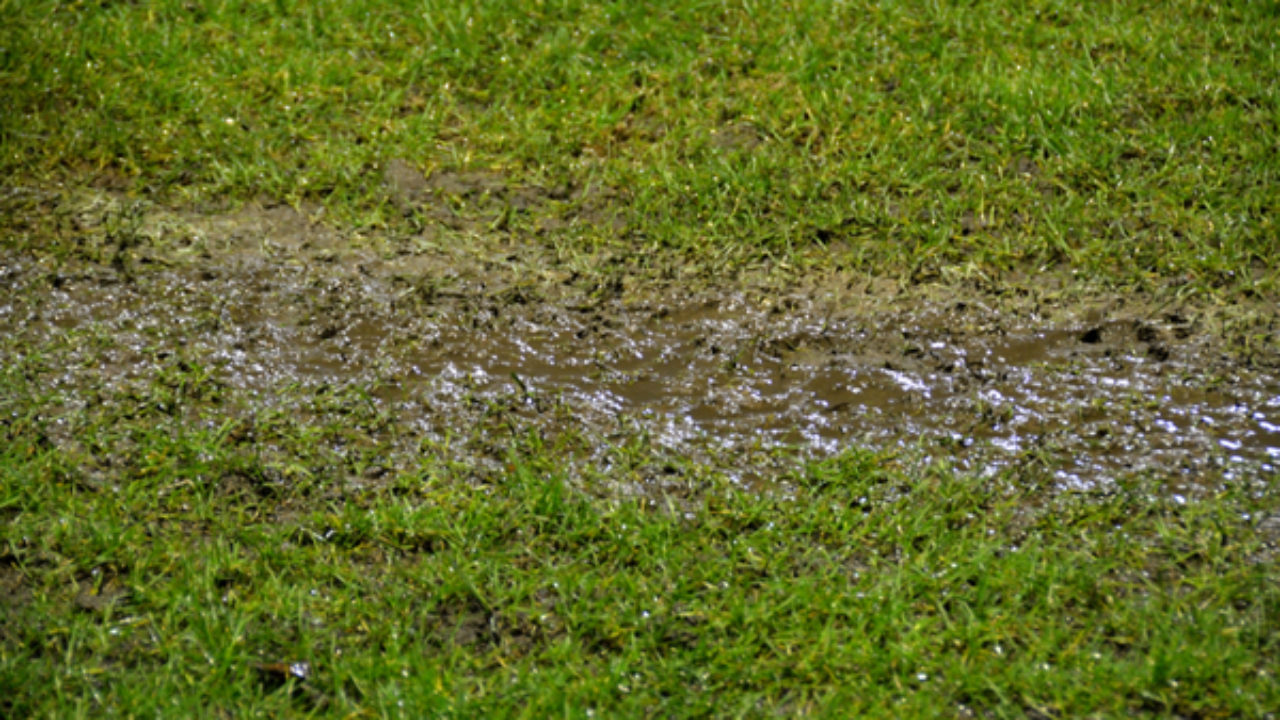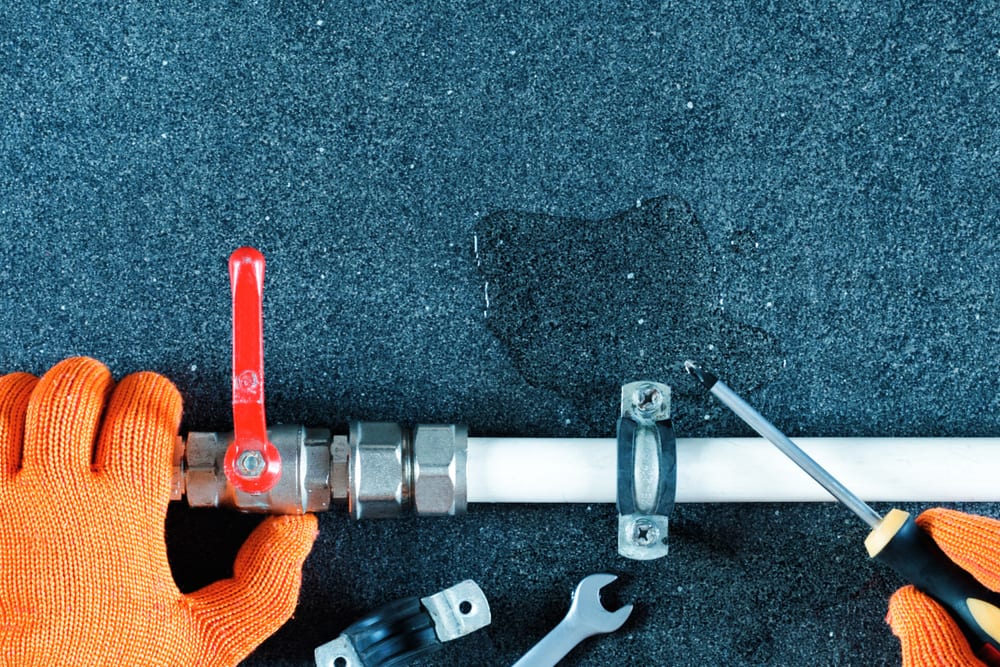Just about every person has their personal theory in relation to Locating water leaks.

Early discovery of leaking water lines can alleviate a prospective catastrophe. Some little water leaks may not be noticeable.
1. Examine the Water Meter
Every house has a water meter. Examining it is a proven manner in which assists you discover leaks. For beginners, shut off all the water resources. Make certain nobody will purge, utilize the faucet, shower, run the washing device or dish washer. From there, go to the meter as well as watch if it will certainly alter. Because no person is utilizing it, there should be no movements. That suggests a fast-moving leak if it relocates. If you detect no adjustments, wait a hr or two as well as inspect back once again. This means you might have a slow leak that could also be below ground.
2. Inspect Water Consumption
Evaluate your water costs and track your water intake. As the one paying it, you should see if there are any discrepancies. If you find sudden changes, regardless of your intake coinciding, it implies that you have leakages in your plumbing system. Bear in mind, your water expense ought to drop under the same range on a monthly basis. A sudden spike in your bill indicates a fast-moving leak.
Meanwhile, a consistent increase on a monthly basis, despite having the very same behaviors, reveals you have a slow leakage that's likewise gradually escalating. Call a plumber to extensively check your residential or commercial property, specifically if you really feel a warm area on your flooring with piping beneath.
3. Do a Food Coloring Examination
When it pertains to water consumption, 30% comes from commodes. Examination to see if they are running effectively. Decline flecks of food shade in the container as well as wait 10 mins. There's a leak between the tank and also dish if the shade in some way infiltrates your bowl during that time without flushing.
4. Asses Outside Lines
Don't fail to remember to examine your outdoor water lines too. Ought to water permeate out of the connection, you have a loose rubber gasket. One little leakage can squander bunches of water and surge your water costs.
5. Inspect and Evaluate the Scenario
Home owners need to make it a behavior to check under the sink counters and also inside closets for any kind of bad odor or mold and mildew development. These 2 warnings show a leakage so timely interest is needed. Doing regular inspections, also bi-annually, can conserve you from a major problem.
Inspect for stainings as well as deteriorating as most appliances as well as pipes have a life expectations. If you believe dripping water lines in your plumbing system, don't wait for it to rise.
Early discovery of dripping water lines can reduce a prospective disaster. Some little water leakages might not be visible. Examining it is a surefire way that assists you discover leaks. One little leakage can throw away loads of water and increase your water bill.
If you think leaking water lines in your plumbing system, don't wait for it to rise.
WARNING SIGNS OF WATER LEAKAGE BEHIND THE WALL
PERSISTENT MUSTY ODORS
As water slowly drips from a leaky pipe inside the wall, flooring and sheetrock stay damp and develop an odor similar to wet cardboard. It generates a musty smell that can help you find hidden leaks.
MOLD IN UNUSUAL AREAS
Mold usually grows in wet areas like kitchens, baths and laundry rooms. If you spot the stuff on walls or baseboards in other rooms of the house, it’s a good indicator of undetected water leaks.
STAINS THAT GROW
When mold thrives around a leaky pipe, it sometimes takes hold on the inside surface of the affected wall. A growing stain on otherwise clean sheetrock is often your sign of a hidden plumbing problem.
PEELING OR BUBBLING WALLPAPER / PAINT
This clue is easy to miss in rooms that don’t get much use. When you see wallpaper separating along seams or paint bubbling or flaking off the wall, blame sheetrock that stays wet because of an undetected leak.
BUCKLED CEILINGS AND STAINED FLOORS
If ceilings or floors in bathrooms, kitchens or laundry areas develop structural problems, don’t rule out constant damp inside the walls. Wet sheetrock can affect adjacent framing, flooring and ceilings.
https://www.servicemasterbyzaba.com/blog/how-to-detect-water-leakage-in-walls/

Do you enjoy reading about Finding hidden leaks? Leave a remark below. We'd be delighted to know your reactions about this blog post. Hoping that you visit us again later on. If you please take a moment to share this post if you enjoyed it. Many thanks for going through it.